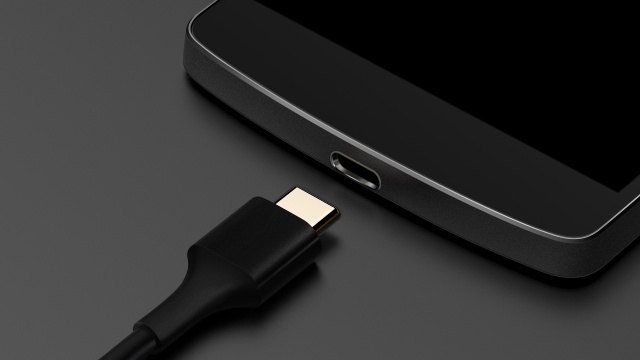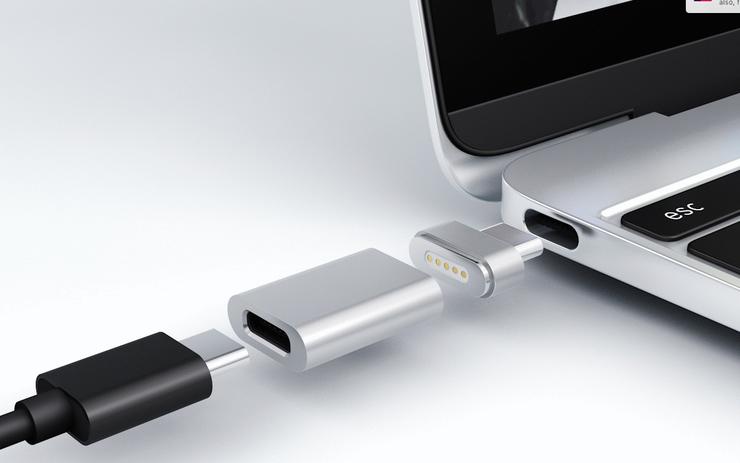
USB-C has fast become the preferred port of companies and manufactures for laptops, mobiles and gadgets. Why? Because it outperforms all previous USB ports in terms of speed, performance and charging capacity. Although this is a new development in the tech industry, rest assured, USB-C can be paired with adapters to function on machines without the port pre-installed. This blog is going to provide you with a quick breakdown of what the USB-C port is about and why it’s important.
USB-C is the industry-standard connector for transmitting both data and power. The USB-C connector was developed by the USB Implementers Forum, the group of companies that has developed, certified, and shepherded the USB standard. It counts more than 700 companies in its membership, including Apple, Dell, HP, Intel, Microsoft, and Samsung. This is important, because it's part of why USB-C has been so readily accepted by PC manufacturers. Contrast this with the earlier Apple-promoted (and developed) Lightning and MagSafe connectors, which had limited acceptance beyond Apple products, and, because of USB-C, are soon to be completely obsolete.

USB-C can be found in most of the latest phones, tablet and laptops. Even apple which is still produces machines using their traditional Lightning connector has USB-C ports that can now be found on many of their products, including Macbooks. The great thing about USB-C ports can be used with most older USB 2, 3.0, and 3.1 accessories. The bad news is that you’ll need the right adapters and cables. There are a plethora of USB-C flash drives available and the best part is that all you have to do is insert the flash drive and once it is assigned a drive letter its capacity is available. The drives themselves also come in various sizes depending on your preference.
Now, this part is about to get techy, so brace yourself- you can handle it! USB-C’s support for the USB PD specification is a huge step forward for charging devices. USB PD can dish out 100 watts at 20 volts, easily enough to charge mobile devices and laptops and totally outranks USB 2.0 and 3.1 which provide between only 20-40 watts. The USB-C plug is symmetrical so it can be inserted either way thus putting it on par with apples reversible Lightning plug. Most USB-C ports are built on the USB 3.1 data transfer standard and can theoretically deliver data speeds of up to 10Gpbs, which is twice as fast USB 3.0 and first generation USB 3.1 which only provide speeds of up to 5Gpbs.

USB-C also supports Intel’s Thunderbolt 3.0 data transfer technology and can push data speeds to a theoretical limit of 40Gdps. With increased data transfer speeds comes the ability to push video over the same connection. Therefore, USB-C’s “alt mode” for video allow adapters to output video from that same USB-C port to HDMI, DisplayPort, VGA, TV’s, projectors and other forms of video connections. So, if all this sounds like a lot to process, don’t worry, it simply means that the USB-C is compatible with the vast majority of machines coming out these days, it can be made compatible with older pc and gadget models and its speeds and capacities are superior to many models on the market and will continue to be a preferred port model in the 21st century. Overall, USB-C ports are becoming a huge buying and selling point for buyers and manufacturers, so make sure you don’t get left behind when choosing your next laptop or gadgets.
Find us on Facebook , Twitter or LinkedIn and stay up to date with our latest products. If you have questions about printing wooden USB sticks, our account managers are at your service.
